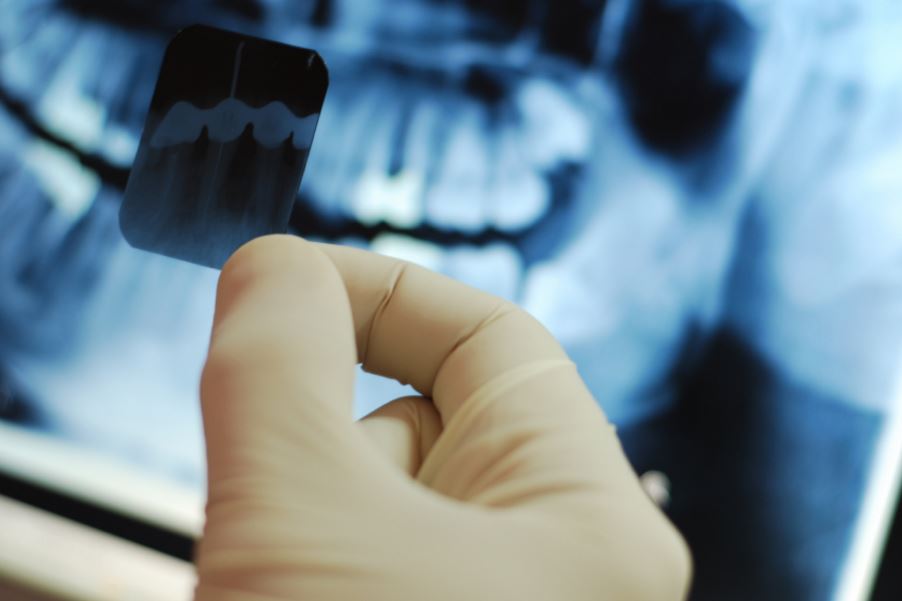Radiographs, also known as x-rays play a major important role in dental care and treatment planning. X-rays are a way of the dentist being able to diagnose, but it is also a way to help see problems that can be prevented. X-ray is a type of energy that passes through soft tissues and is absorbed by dense tissue. Teeth and bone are very dense so they absorb the x-rays.
X-rays:
- Intraoral and extraoral
- Intraoral is taken inside the mouth
- Extraoral is taken outside of the mouth
- Intraoral is most commonly used in dentistry and is more specified and gives us dentailed of the tooth, supporting bone and tissue.
- Extraoral is more of an overall look of the oral cavity
What are we looking for in these x-rays? (The most commonly asked question by patients)
Cavities:
- Tooth root health
- Possible infections
- Health and level of the supporting bone
- Status of developing teeth
- Monitoring overall oral health
Digital radiography is a form of x-ray imaging. Where digital x-ray sensors are used instead of traditional photographic film. Advantage includes:
- Time efficiency
- Less radiation
- Elimination of cost film processing
- Enhance in the display quality
Dental x-rays are very safe and expose to your child to a minimal amount of radiation. When all standard precautions are taken, today’s x-ray equipment is able to eliminate unnecessary radiation. A lead body apron covers the body from neck to the knees and protects the body from stray radiation.
Note to patient that think they’re pregnant or are pregnant. Dental x-rays should not be taken unless you’re in major pain and emergency procedure needs to be done.
For further questions please contact the office and make an appointment with your dentist.
